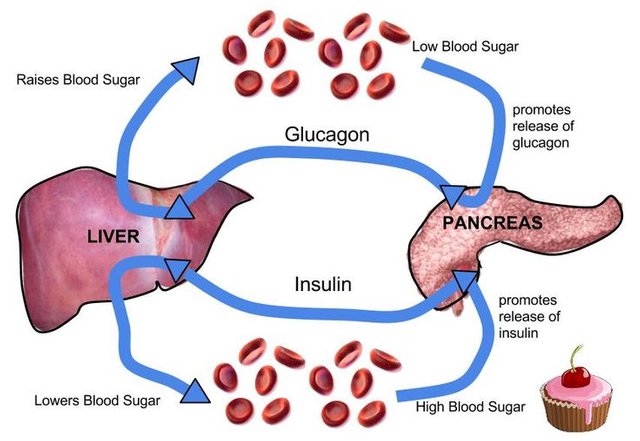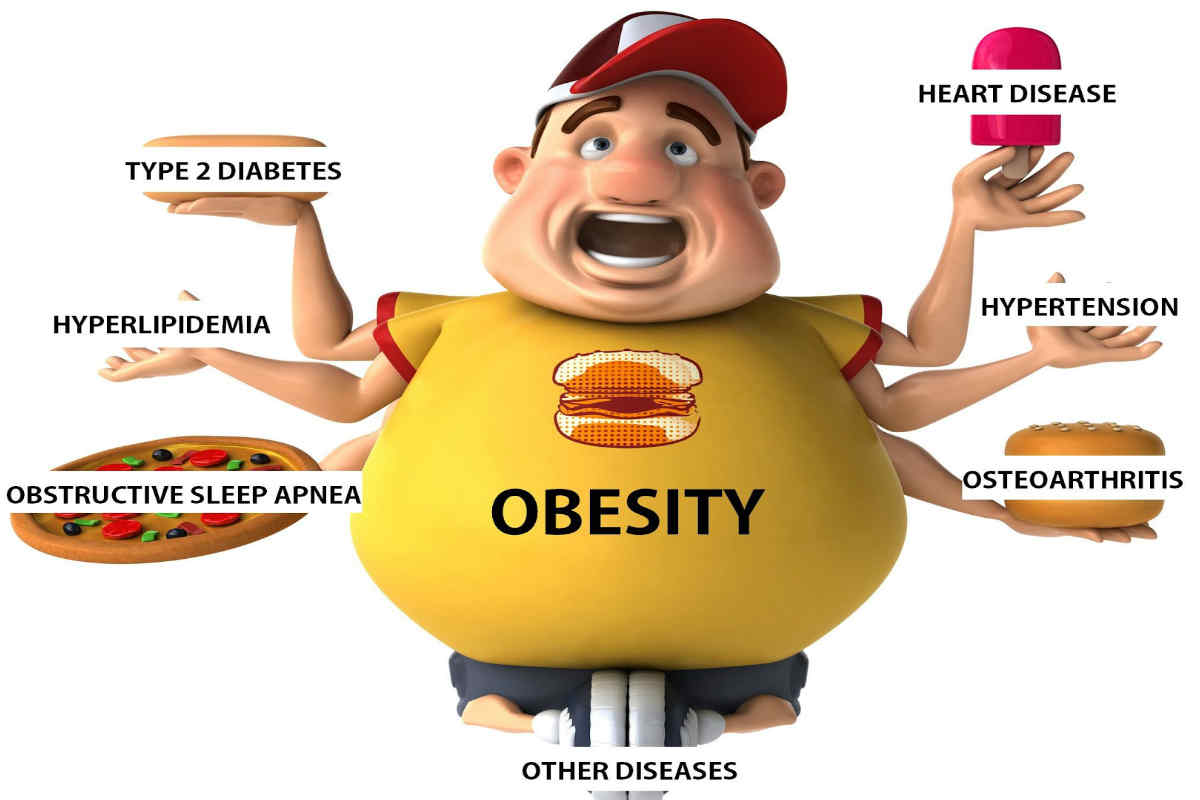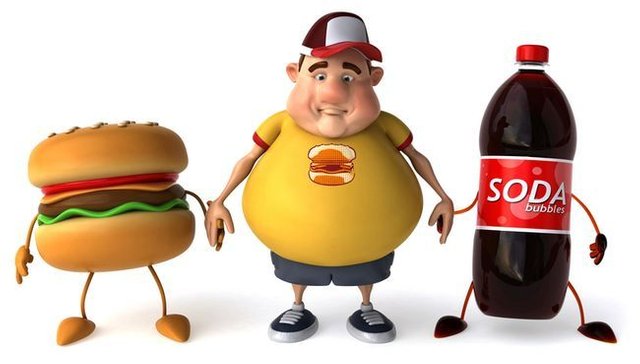what is biabetes ? explain Symptoms & Causes of Diabetes
What is diabetes?
Diabetes mellitus is a combination of metabolic disorders specify by high blood sugar (glucose) levels that outcome from deficiencies in insulin secretion, or its action, or both. Diabetes mellitus, frequently referred to as diabetes (as it will be in this article) was first recognized as a disease related with "sweet urine," and extreme muscle damage in the early world. Raised levels of blood glucose (hyperglycemia.Hyperglycemia is an abnormally high blood glucose (blood sugar) level. Hyperglycemia is a hallmark sign of diabetes (both type 1 diabetes and type 2 diabetes) and prediabetes. ) drive to spillage of glucose into the urine, hence the term sweet urine.

Usually, blood glucose levels are strictly controlled by insulin, a hormone created by the pancreas. Insulin lowers the blood glucose level. When the blood glucose raises (for example, after eating food), insulin is released from the pancreas to normalize the glucose level by raising the uptake of glucose into body cells. In patients with diabetes, the deficiency of inadequate production of or lack of response to insulin causes hyperglycemia. Diabetes is a permanent medical condition, meaning that although it can be controlled, it lasts a lifetime.

Type 1 diabetes grow because the body's immune system(The immune system is a network of cells, tissues, and organs that work together to defend the body against attacks by “foreign” invaders. These are primarily microbes—tiny organisms such as bacteria, parasites, and fungi that can cause infections.) destroys beta cells in a part of the pancreas called the islet tissue. These beta cells process insulin. So people with type 1 diabetes can't produce their own insulin.
The pancreas frequently modifies the amount of insulin it makes based on your dynamic blood sugar. When you have diabetes, your insulin medicines can't control your blood sugar time to time, the way your pancreas would. So you may have high and low blood sugar levels from time to time.

Type 2 diabetes has various causes: heredity and lifestyle are the most important ones. A mixture of these factors can cause insulin resistance when your body doesn't utilize insulin as well as it should. Insulin resistance is the most frequent cause of type 2 diabetes. Type 2 diabetes can be hereditary.
.jpg)
Overweight, obesity, and physical inactivity
You are more likely to develop type 2 diabetes if you are not physically active and are overweight or obese. Overweighting sometimes effects insulin resistance and is normal in people with type 2 diabetes. The location of body lipid also makes a difference. Extra abdomen fat is linked to insulin resistance, type 2 diabetes, and heart and blood vessel disease. To see if your weight puts you at danger for type 2 diabetes, check out these Body Mass Index (BMI) charts.
BMI application
https://play.google.com/store/apps/details?id=com.splendapps.bmicalc&hl=en
https://itunes.apple.com/us/app/bmi-calculator/id292796789?mt=8
Insulin resistance
Type 2 diabetes normally begins with insulin resistance, a situation in which muscle, liver, and fat cells do not utilize insulin properly. As a result, your body needs more insulin to help glucose enter cells. At first, the pancreas produces more insulin to keep up with the added demand. Over time, the pancreas can’t produce sufficient insulin, and blood glucose levels raise.
.jpg)
Causes of high blood sugar include:

◙ Eating more food than usual.
◙ Practicing medicines that can raise blood sugar levels, such as those for sleep, some decongestants, and corticosteroids (such as prednisone).
◙ Stress and being ill (such as with severe flu) or having an infection, particularly if you aren't eating or drinking enough.
◙ Not getting enough insulin.
◙ Teenagers, because of hormone changes and rapid growth.
◙ The dawn phenomenon or the Somogyi effect, which can cause early-morning high blood sugar.
Pregnancy.
Symptoms of diabetes in both Men and woman.

• frequent urination.
• weight loss or gain that has no obvious cause
• fatigue.
• blurred vision.
• increased thirst and hunger.
• nausea.
• skin infections.
• wounds that heal slowly.
Recommended target blood glucose level ranges
Target Levels
by Type Upon waking //// Before meals (pre prandial) ///At least 90 minutes after meals (post prandial)
Non-diabetic* -------- - 4.0 to 5.9 mmol/L under 7.8 mmol/L
Type 2 diabetes ------------ 4 to 7 mmol/L under 8.5 mmol/L
Type 1 diabetes 5 to 7 mmol/L 4 to 7 mmol/L 5 to 9 mmol/L
Children w/ type1 4 to 7 mmol/L 4 to 7 mmol/L 5 to 9 mmol/L
diabetes

Normal and diabetic blood sugar ranges
For the majority of healthy individuals, normal blood sugar levels are as follows:
Between 4.0 to 6.0 mmol/L (72 to 108 mg/dL) when fasting.
Up to 7.8 mmol/L (140 mg/dL) 2 hours after eating.

https://steemit.com/health/@rashidkhattak/how-to-prevent-obesity-and-over-weighting

https://steemit.com/bitcoin/@rashidkhattak/some-important-rules-of-cryptotrading

Horrible diesease .. one needs to be extra careful and avoid diets that can contribute to diabetes .. exercise , stress control n diet is important
of course
Nice article very informative thank you!
thanx for appreciation
You are very Welcome !
Diabetes suck.